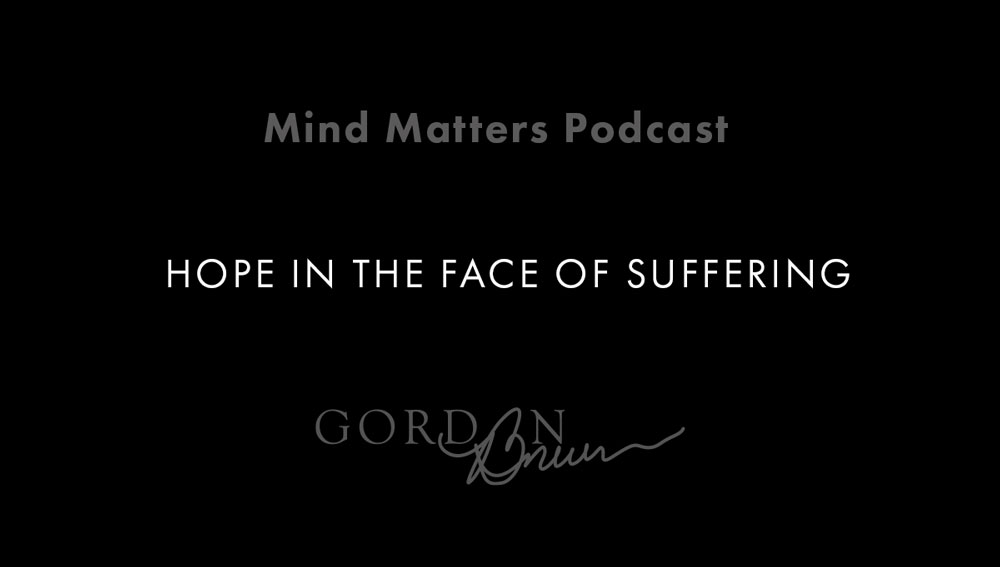Hope for Those Suffering from Trauma
Dr. Victor Frankel experienced a lot of trauma in his life; however he took his suffering from trauma and has helped thousands of people.
In his book, “Man’s Search for Meaning,” Viktor Frankel, a survivor of the Holocaust and renowned psychiatrist, underscored the profound importance of hope in survival.
He shared an anecdote about a fellow prisoner who had dreamt of liberation on March 30th, 1945.
As this date drew closer without any sign of their release from captivity, his hopeful anticipation turned into despair.
On March 29th, he fell ill with typhus; two days later, he was dead.
Frankel surmised that it wasn’t just the disease that killed him but also the sudden loss of hope, which weakened his immune system and ultimately led to his demise.
This story highlights how our mental state can affect our emotional well-being and physical health.
Quick Links

Future-Oriented Thinking
Drawing from my experience as a therapist working with individuals suffering from trauma with deep-seated issues stemming from past negative experiences and low self-esteem, I have come to appreciate Frankel’s insights about future-oriented thinking as crucial for personal growth and healing.
I am helping two young men navigate life’s challenges using this approach.
One client expressed feelings of self-loathing due to past failures, while another lost faith in himself and God after experiencing betrayal by someone close to them.
To help them regain perspective, I asked each one separately to project themselves five years into the future – July 9th, 2028 specifically – considering multiple potential versions: college graduate or succumbing to addiction?
The goal here is not merely about setting long-term goals but, more importantly, connecting with their future selves because time will continue moving forward regardless.
This shift towards envisioning different possibilities for oneself aligns perfectly with what Frankl advocated: creating meaning out of suffering by looking ahead rather than being stuck in painful memories or present difficulties.
Project Yourself
As therapists, we often delve into our clients’ suffering from past traumas, hoping to unearth the root causes behind current struggles – an essential step toward recovery.
Trauma-focused therapies like EMDR (Eye Movement Desensitization Reprocessing) are particularly effective in resolving lingering effects from traumatic events experienced earlier in life.
However important understanding one’s history may be, it should not overshadow nor neglect the role that projecting ourselves into possible futures fosters mental resilience and overall well-being.
Envisioning an ideal version of ourselves is a beacon guiding us forward, thus giving purposeful context to present circumstances since they are linked directly or indirectly toward achieving anticipated outcomes.
Don't Dwell on Past
Despite suffering from trauma, imagine your possible futures — let these visions pull you forward instead of being weighed down by your past or immobilized by your present situation.
There is inherent meaning embedded within these imagined realities if we allow them to resonate within us deeply enough, thereby providing the motivation needed to undertake necessary actions today, leading eventually toward the desired change tomorrow.
For those feeling stuck right now, remember, don’t dwell excessively on what has been done and cannot undone. Instead, create a constructively desirable reality differing significantly from current state affairs based primarily on where you see yourself heading in the next few years!
Action Steps
1. Reflect on Past Experiences: Start by understanding your past experiences, especially those that have significantly impacted your life.
This will help you identify any unresolved issues affecting your present and future.
2. Seek Professional Help if Necessary: If you find yourself struggling with past trauma or negative experiences, consider seeking therapy or counseling to address these issues effectively.
3. Envision Your Future Self: Spend time visualizing an ideal version of yourself in the future.
Think about where you want to be, what you want to achieve, and how you want to feel.
4. Set Goals Aligned with Your Vision: Once you have a clear vision of your future self, set specific goals that align with this vision.
These can include personal development goals, career aspirations, or lifestyle changes.
5. Connect Present Actions with Future Outcomes: Make sure every action taken today is connected to the outcomes anticipated for the future self.
6. Practice Resilience and Perseverance: Understand that setbacks are part of life’s journey toward growth and improvement – don’t let them deter you from pursuing your envisioned future reality.
7. Regularly Revisit Your Vision and Goals: As time progresses, our visions might change; it’s essential to revisit them regularly, ensuring they still resonate within us, motivating our actions today.
8. Create Multiple Scenarios: Don’t limit yourself to just one possible outcome, but create multiple scenarios so as not to lose hope even if one doesn’t work out as planned
9. Believe in Yourself: Believe in your ability to overcome obstacles, stay focused on moving forward despite any challenges
10. Stay Hopeful: Always keep hope alive irrespective of current circumstances because, without hope, we weaken ourselves both mentally & physically

